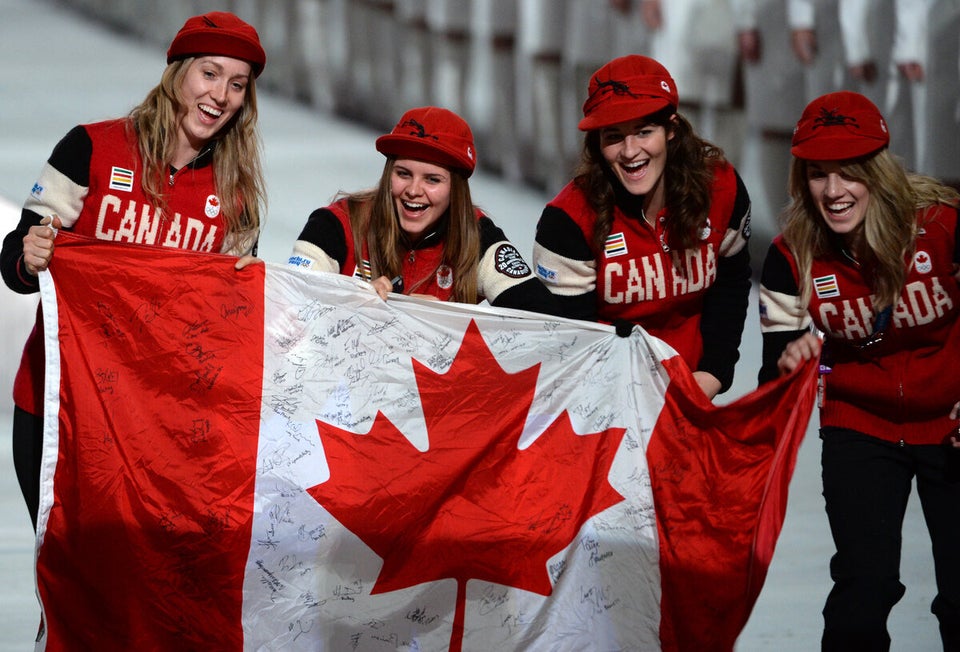As athletes gear-up for their chance to stand atop the podium in Sochi, competition amongst advertisers is already well underway.
The Olympic games seem to bring out two types of advertising campaigns: those aimed at tapping into our competitive nature and national pride, and those that tug at our heartstrings, capitalizing on the powerful emotion sport can unleash. It's often the latter that connects with women, but not enough brands step up to the plate to tackle campaigns that tell a true emotional narrative. It's not an easy task, but one when done well is well worth the effort.
Here's some insight why.
During the Vancouver 2010 Winter Olympics, 55 per cent of broadcast viewers were women, a statistic that is somewhat surprising given that women don't make up the majority of audiences during most sports based programming.
One study suggests that gender-bias is one of the main reasons women don't watch more sports. Men are more comfortable with the idea of tuning into sports games for hours at a time. It's a way to unwind and bond with like-minded sports fans. But for women, taking that much time out of their day to watch sports is seen as cutting into time that should be spent on other responsibilities.
But the Olympics are different.
The narrative of the games resonates with women because it's short, sweet and easy to follow. It allows them to get their sport fix of choice in and return back to their regular scheduled program -- life.
With women leading the way in Olympic content consumption, more campaigns are trying to wedge their way into the emotional, multi-platform space in an effort to connect with women and their wallets. And for good reason -- they are still the main decision makers and purchasers of most household goods.
Sportchek and Bell have released campaigns that are more than just one offs; they tell a contextually relevant Olympic story. They're doing it across multiple platforms in an attempt to capture the highly fragmented media consumer. Both tap into the competitive nature of the games, but is it really the best way to capture the attention of the majority of watchers?
That's not to say women aren't competitive; we just connect with content around sport in a different way. Stories of perseverance, determination and togetherness are what stick. It's easy to understand why -- that's what we live everyday.
For the next two weeks, our screens will be full of captivating ads that encourage our collective national pride. But advertisers should remember that they are the players in the game of consumer opinion and it's women who are the judges. And these judges use their loyalty and purchase power to determine the winners.
ALSO ON HUFFPOST:
